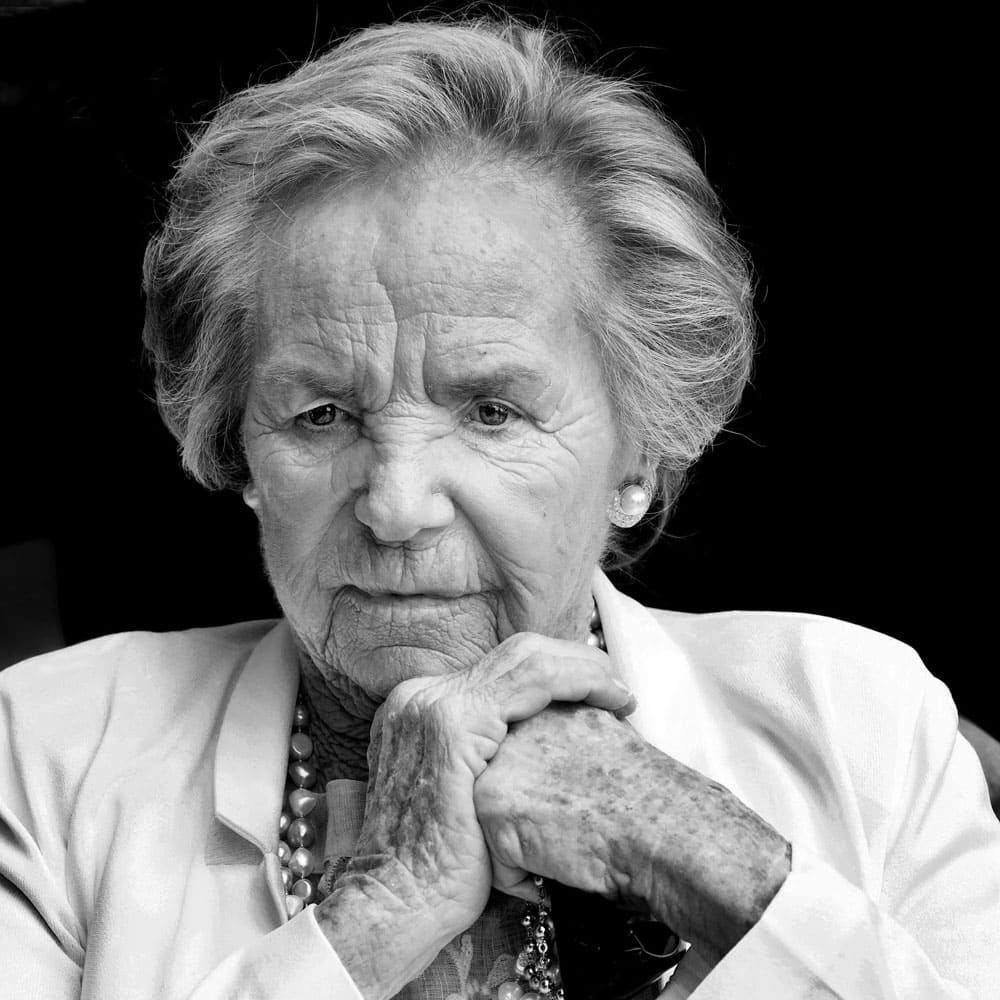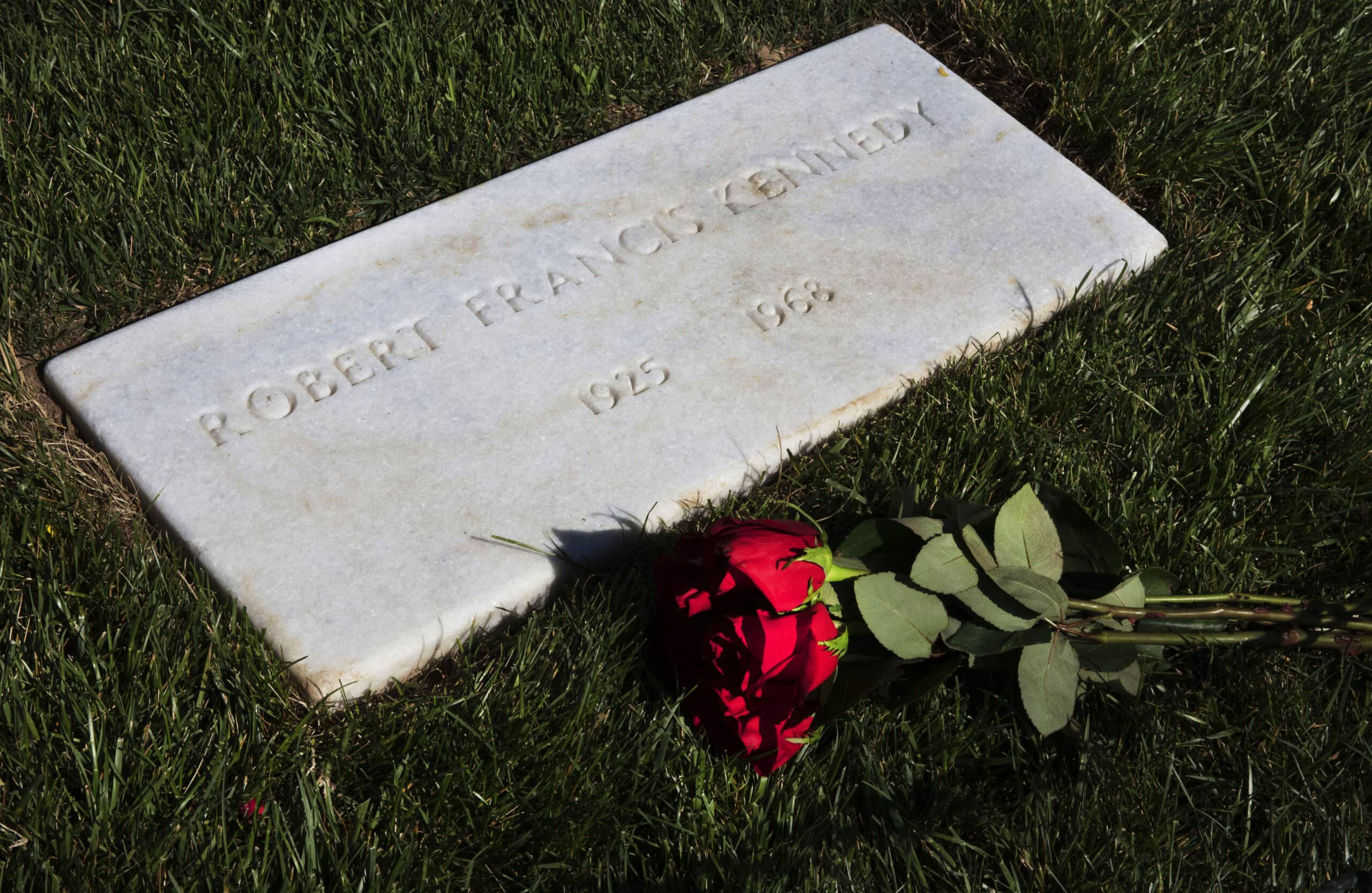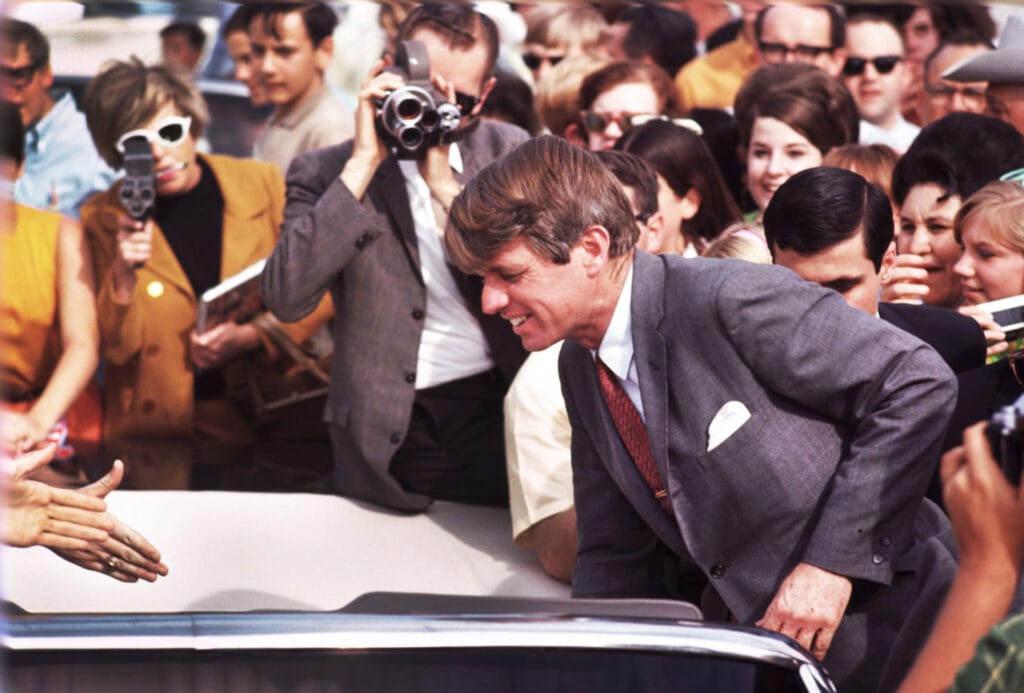In 1966 I was a 19-year-old newbie staff photographer for the Oregon Journal, the state’s largest afternoon newspaper. One of my first big assignments was to photograph Sen. Robert Kennedy appearing in Portland. Kennedy was going to be the first national politician that I would lay eyes and my lens on. It was a visit that would change my life and the direction of my career.
I will never forget the infamous moment five years earlier, Nov. 22, 1963, when RFK’s brother President John F. Kennedy was assassinated in Dallas. I was a high school sophomore at Roseburg High sitting in a class when the announcement was made. That feeling of shock and horror resonates to this day.
Getting the chance to photograph Robert Kennedy was particularly meaningful to me, and I didn’t want to blow it.
When I arrived at the Portland Labor Hall where Kennedy was appearing, the place was jammed. I couldn’t get in. Not good. My fledgling career could be over practically before it started.
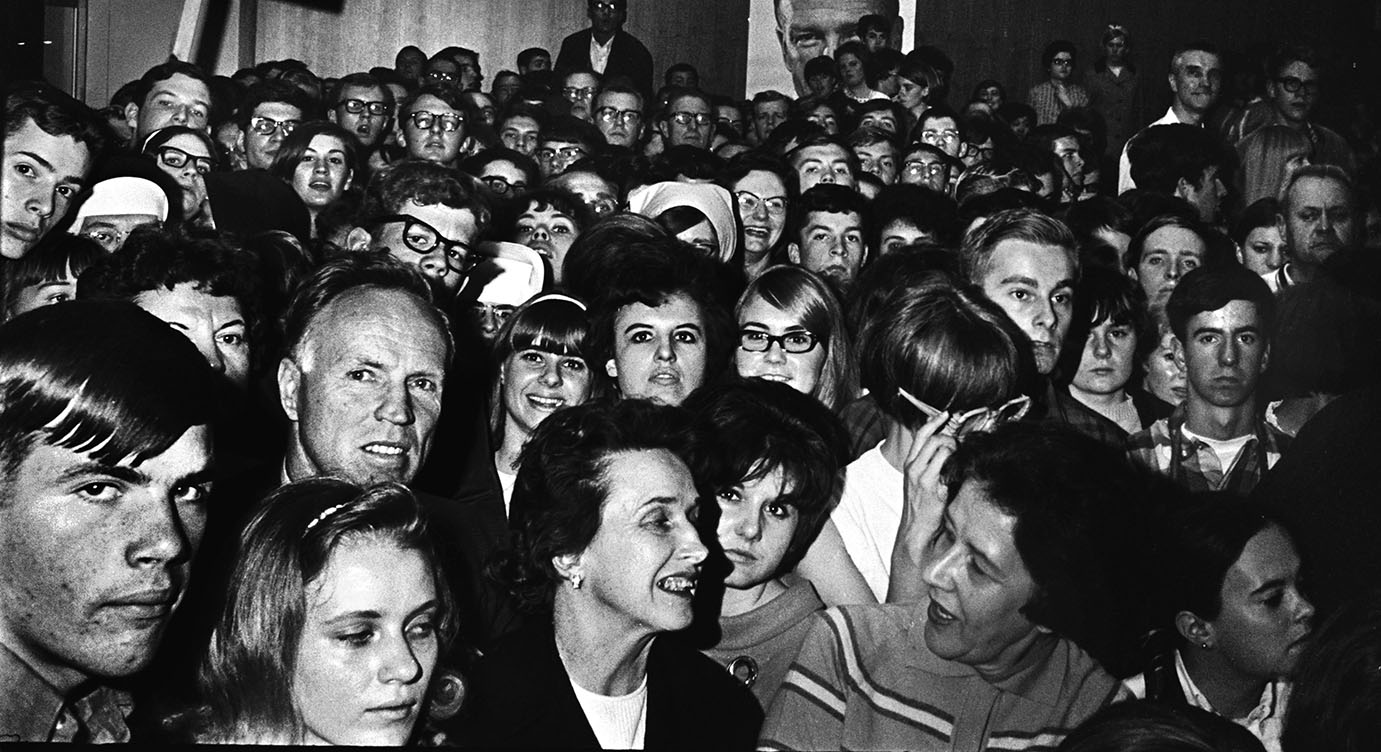
I spotted a photographer standing outside the hall. The guy looked like a real pro and was apparently traveling with the senator. He was LIFE Magazine’s Bill Eppridge, as big-league a photographer as there ever was.
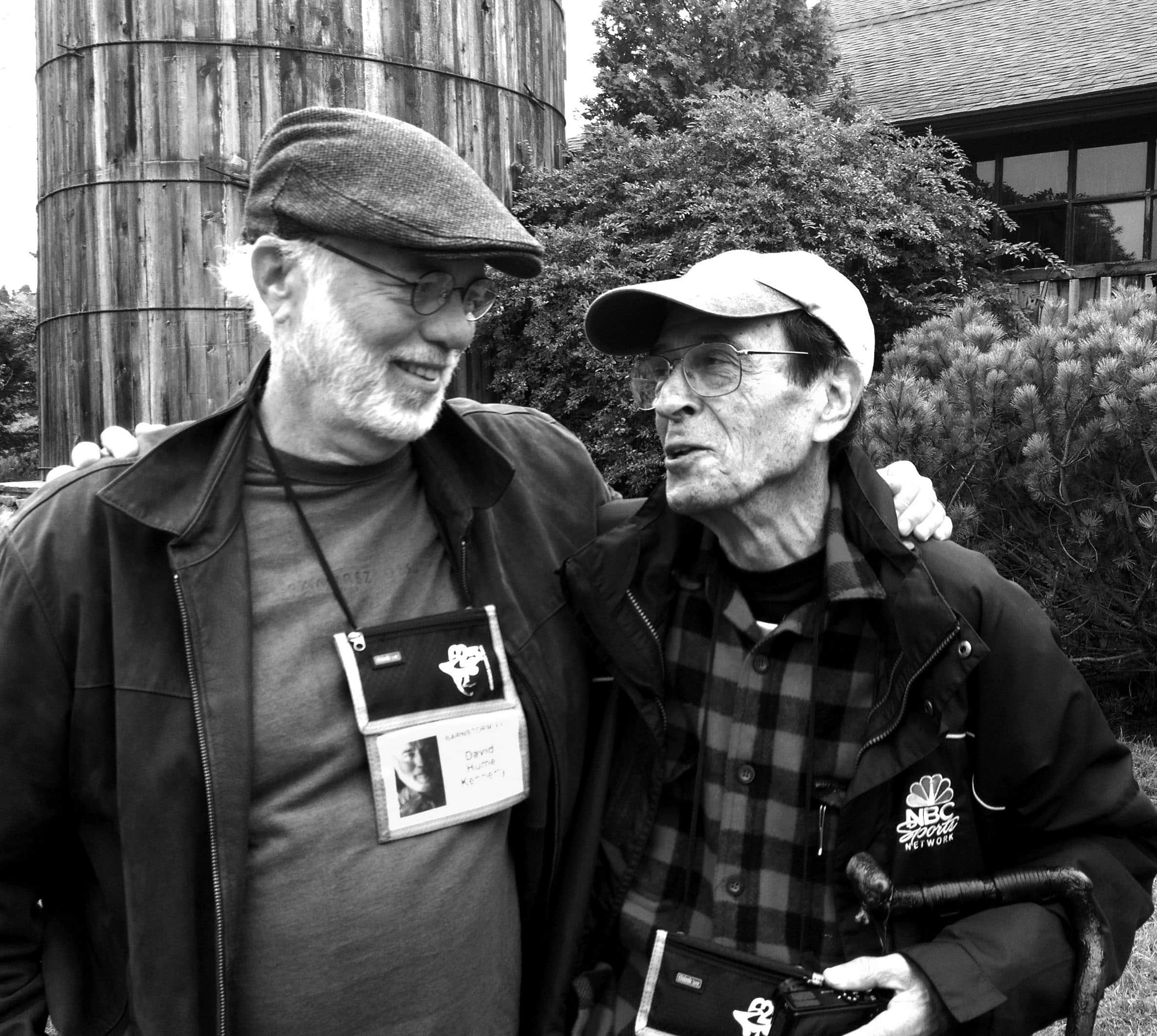
I summoned up my courage, introduced myself, and asked him how to get through the crowd. Rather than brushing me off, he offered a hand to this flustered young photog. He said, “Hold onto my coat, kid.” He then proceeded to thread his way through the throng and even guided me to the best position for a good photo. “This is where you’ll get your shot,” he said.

The angle he showed me was perfect. When the senator took the stage I could see his notes on the podium and the crowd behind him. To this day it is among my favorite photos, a sentiment shared by one of Kennedy's daughters Kerry. Eppridge's unselfish act informed the rest of my career as an example of how to treat others.

But the life changer came after the speech. I followed Sen. Kennedy, his staff, and press corps to Portland International Airport in a ragtag motorcade. I wanted one last photo of Kennedy before he left. A DC-3, its engines idling, waited on the tarmac. Senator Kennedy bound up the stairs, turned, waved, then entered the plane. But it was Eppridge who provided the decisive moment. The lanky photographer climbed the aircraft steps, looked at me, gave a thumbs-up, then ducked inside. The door closed, and the old DC-3 taxied out and took off. I felt like Rick watching Ilsa taking off into the fog in the final scene of Casablanca. It was an honest to God epiphany. I wanted to be on that plane, no, I needed to be on that plane. I wanted to document those who were making history, to be in the room with them. It was a profound life moment.
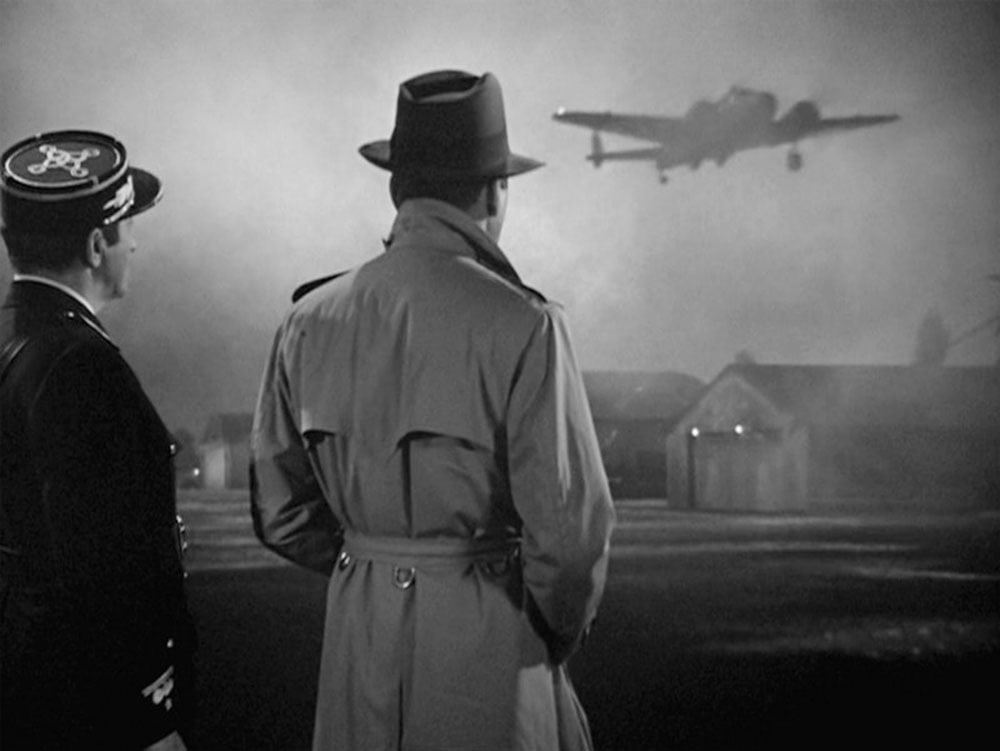
Two years later good fortune struck. I was now in Los Angeles working as a staff photographer for United Press International. Carlos Schiebeck, UPI’s photo bureau chief, was about to make my dream come true. “Meet up with Sen. Kennedy and his party in Albuquerque, get on his plane, and cover his trip in the Southwest,” Carlos told me. Yes sir!
I flew over to New Mexico and met up with Kennedy’s entourage. It was my first encounter with a politician's staff, and it was bad. They treated me with indifference simply because I wasn't “one of the boys from Washington." In addition, I looked eighteen, although I was twenty-one, not much better! No one took me seriously when I told them I was there to cover the senator and needed to get on his plane. They laughed. I didn’t. Failure was unthinkable. This was my first big-time political job, and if I didn’t succeed might be my last. So I got panicked-pissed and let his guys have it. “My name is David Kennerly, I am a UPI photographer sent from Los Angeles to cover the senator, and you better let me on the goddamn plane or I’m going to raise hell from here to Washington, DC!” And even more choice words as I recall. It did the trick. One of them said that anyone who talks like that has to be a legit newsman. They grudgingly allowed me to board the campaign plane. Once onboard none of the traveling press, and nobody on the senator's staff, talked to me.
After we took off, Senator Kennedy came walking down the aisle of the plane. He glanced at me, walked by, then turned around. "I don't remember you," he said. I introduced myself, and he sat down and asked, "How's it going?" I told him. I even mentioned that his staff had tried to keep me off the flight. The senator, who seemed to be the only one who cared about who I was or how I was doing, was apologetic: "Don't worry," he said, "it won't happen again." And it didn't. After the next stop there was a remarkable change in attitude toward me, almost as if I had suddenly become one of the boys.

I watched the Senator deal with all sorts of people during his campaign and noticed that he related particularly well to kids. At an Indian reservation in Window Rock Arizona a little girl came up to him and he looked down at her, smiled, and she took his hand. She stayed with him during the rest of his visit there. A most natural gesture, not done for the cameras, but it made a good photo.
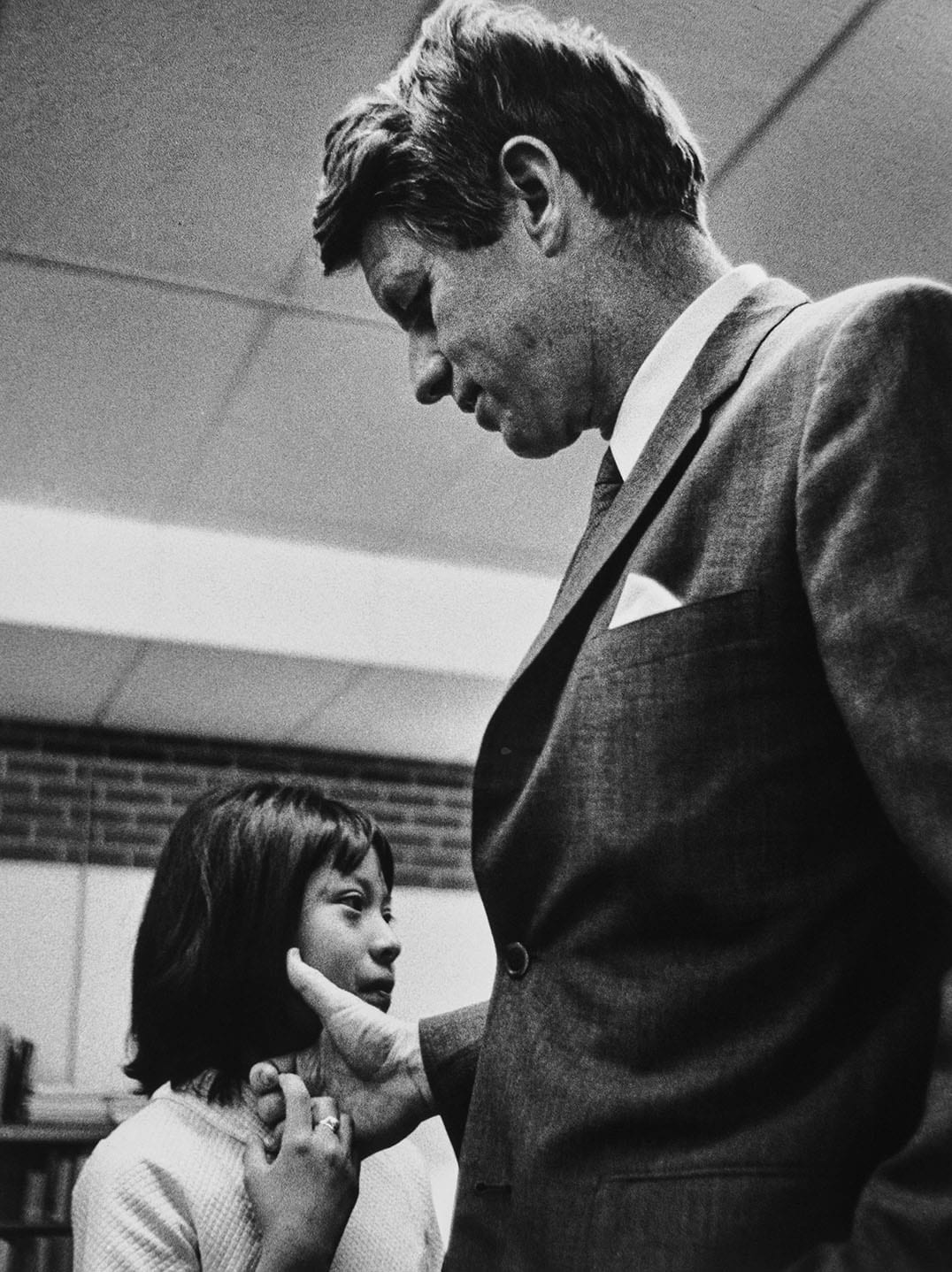
A few weeks later, on the night of the California primary, I ran into Bill Eppridge again. This time it was in Kennedy's private suite at the Ambassador Hotel in Los Angeles. It was going to be a terrific evening. Kennedy was leading the race, and it seemed certain he was going to carry the state. My Oregon photographer friend Ron Bennett, now working in UPl's Los Angeles bureau took a picture of me and the senator (he didn’t look happy). He then gave a television interview and prepared to go downstairs to appear at the victory celebration being held in the ballroom.
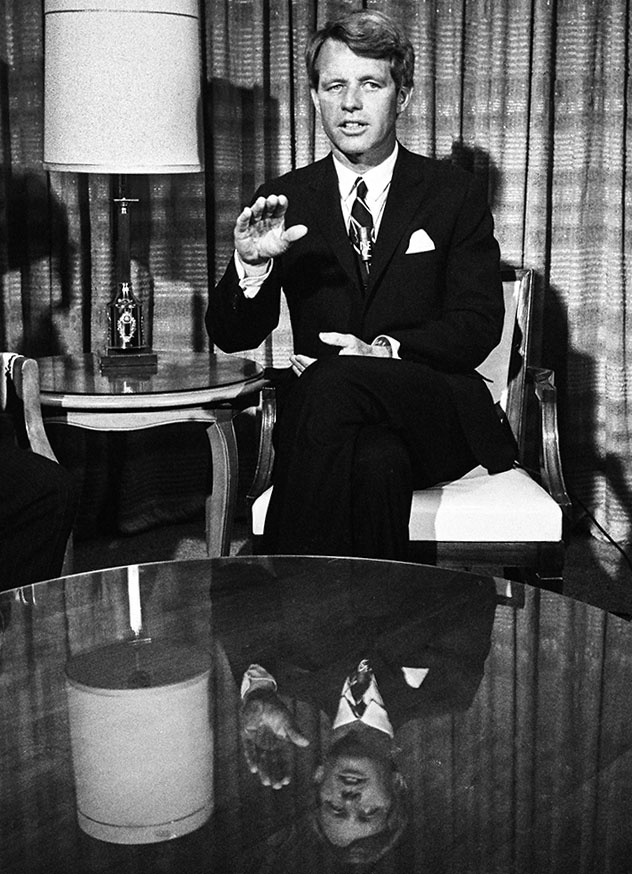
Bennett and I flipped a coin to see who would go to the podium with Kennedy, that position being the best point for photographs. Ron won, and I found a spot in the back of the room on a riser where I could get a picture of the whole scene and his speech
Robert and Ethel Kennedy entered the ballroom and the place went wild. It was an important milestone in Kennedy's quest for the presidency. With a huge grin, he gave a quick "V" for victory sign that I captured.
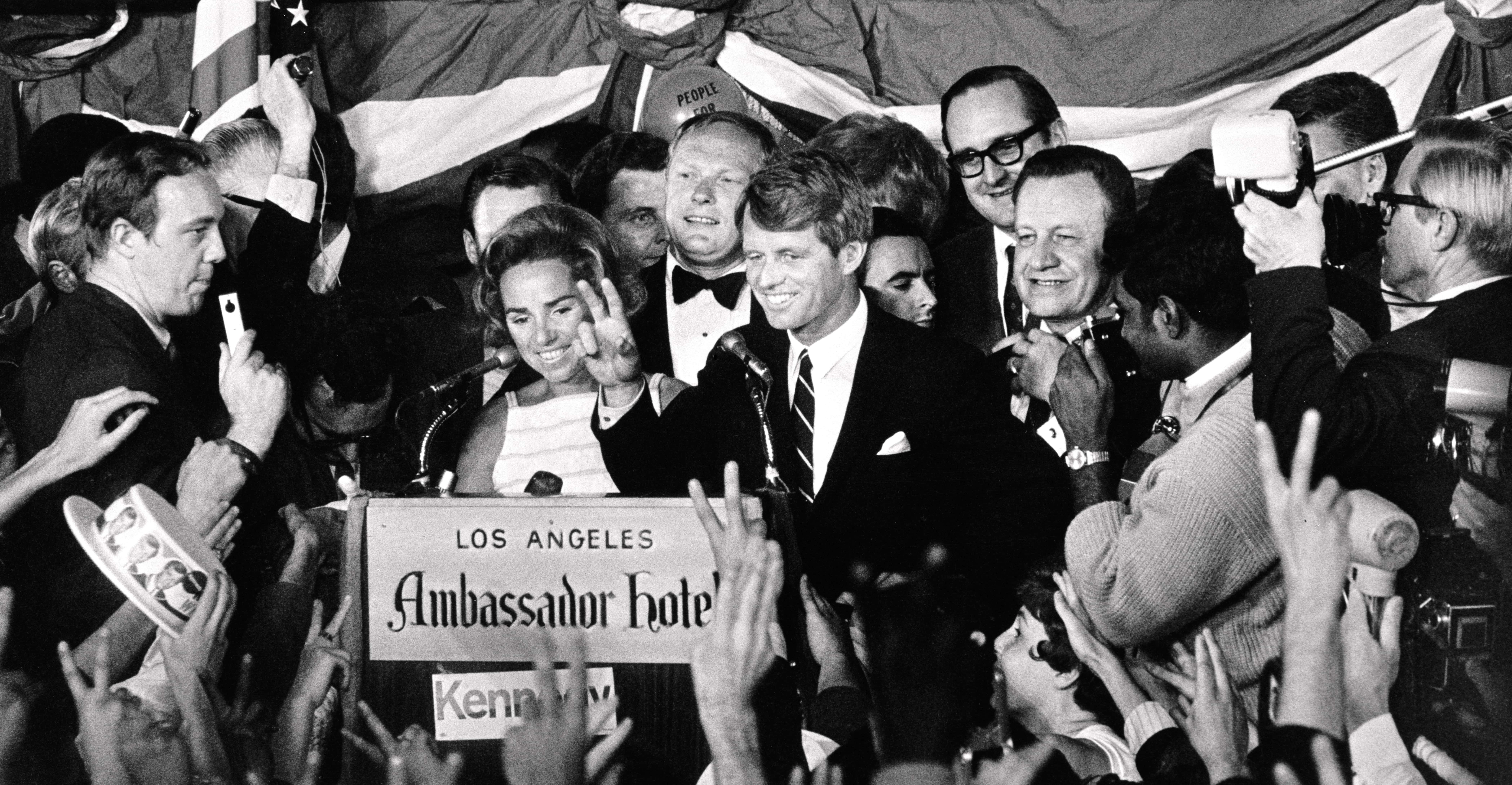
After a short speech, he started toward the kitchen, his escape route to an overflow rally in the hotel. I'd preceded him into the other reception room, where the crowd waited. Minutes passed, and Kennedy didn't show. I sensed that something had gone wrong, and, pushing my way through the crowd of Kennedy supporters, made it upstairs and tried to get into the kitchen area. The passage was blocked. By then reports were flying that there had been a shooting. Figuring that if someone had been hurt they'd take him out front, I hurried outside and saw Kennedy put into an ambulance. I jumped into my car and followed the ambulance to Central Receiving Hospital, a distance of a few blocks. My car was the last to clear the gates before the police sealed off the hotel. When I entered the hospital I found pandemonium. I photographed Bill Barry, a former FBI agent who was Kennedy's personal bodyguard, as he walked, head bowed, through the emergency room door. He was devastated.
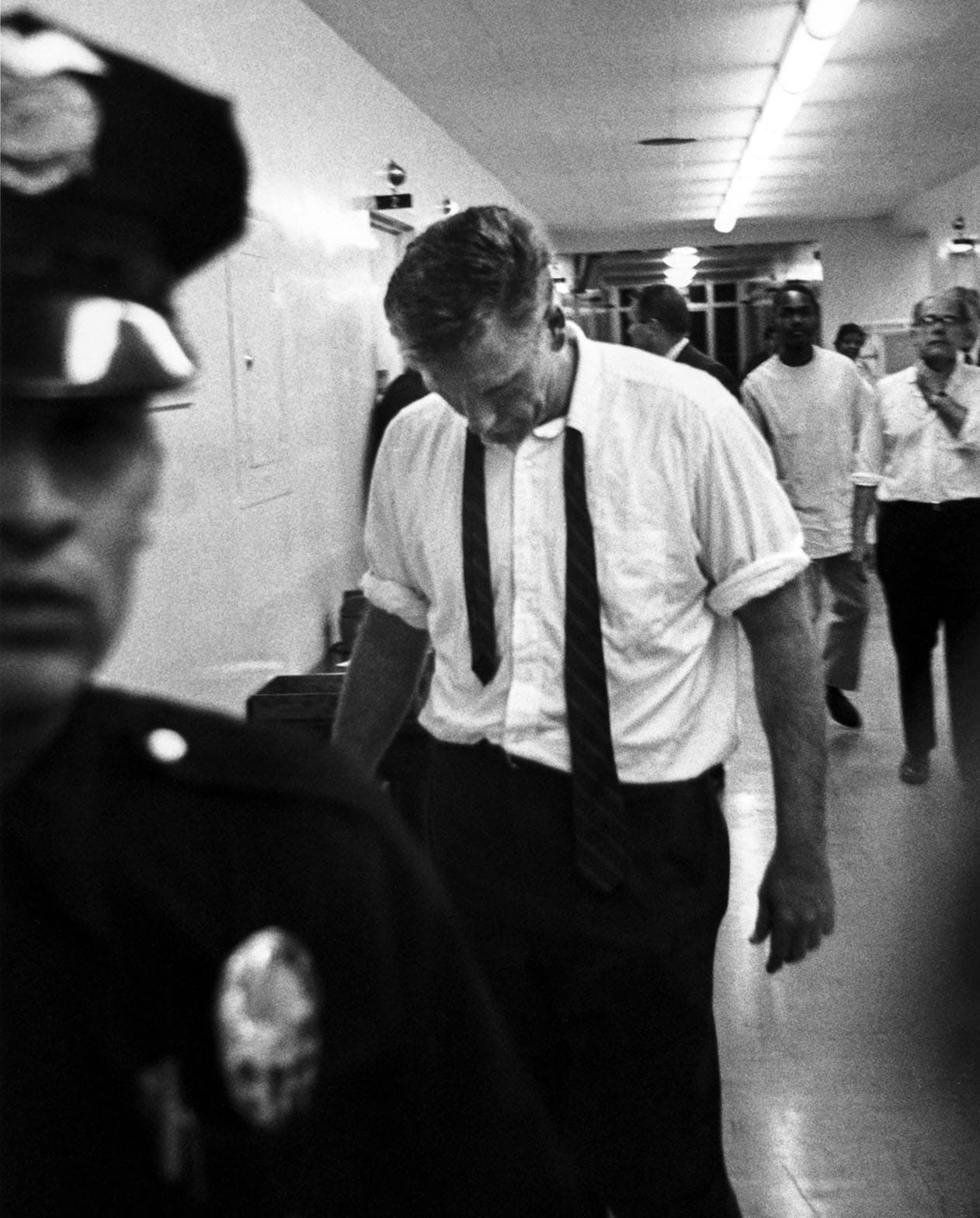
Kennedy wasn't kept at Central Receiving for long. He was soon moved to Good Samaritan Hospital just down the street. As white-uniformed attendants began to lift the comatose Senator into the ambulance again, his grief-stricken wife, Ethel, climbed into the back and I made a couple of pictures of her. If I had to do it all over again, I honestly don't know that I could. I am still haunted by the look on her face.
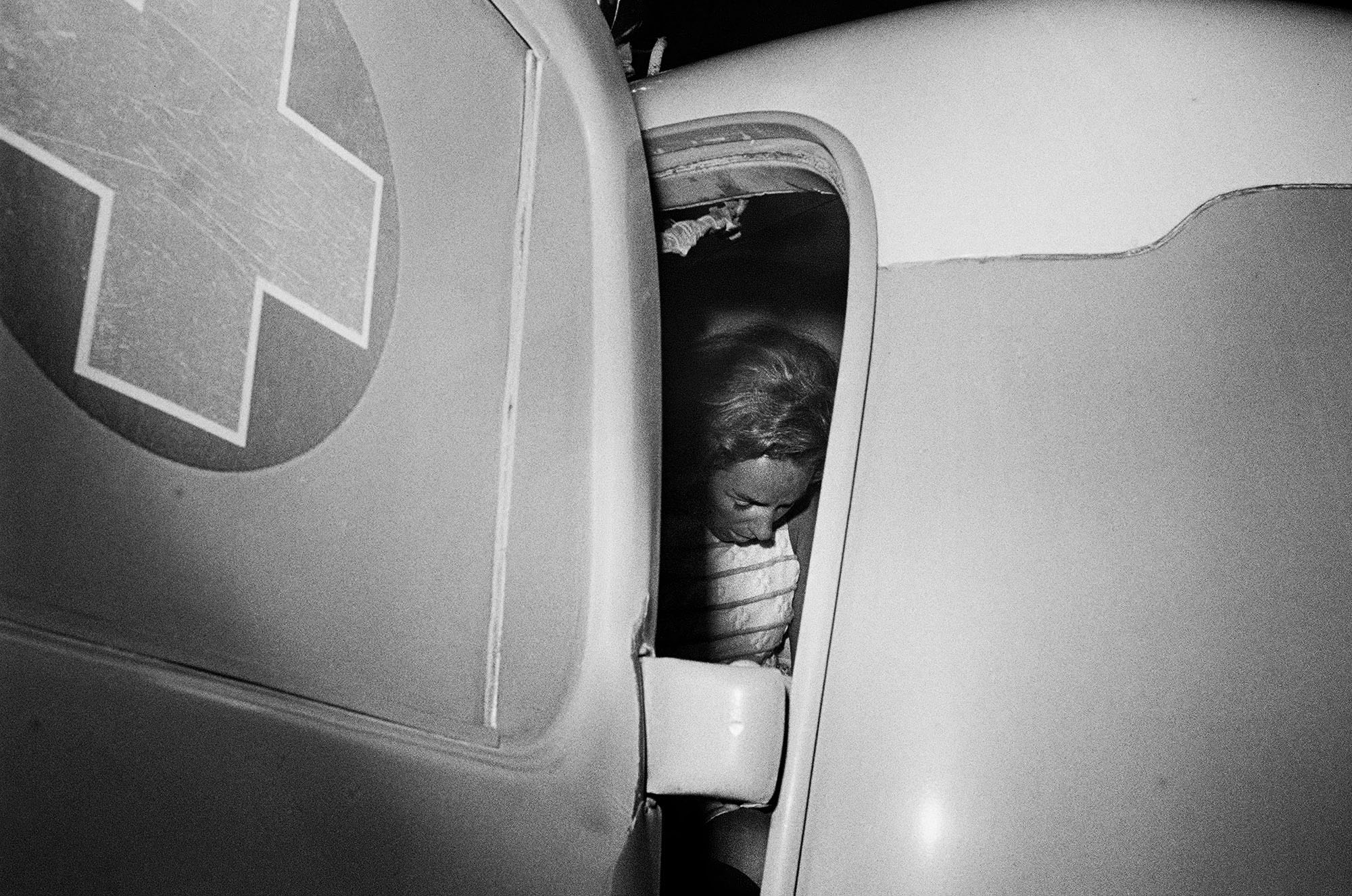
The next few hours were a nightmare. The press stood in small groups on the street outside Good Samaritan, waiting for some word on the senator's condition. Early in the morning on June 6, his press secretary Frank Mankiewicz announced that Senator Kennedy had died. I took photos of him and was too exhausted to feel the impact.
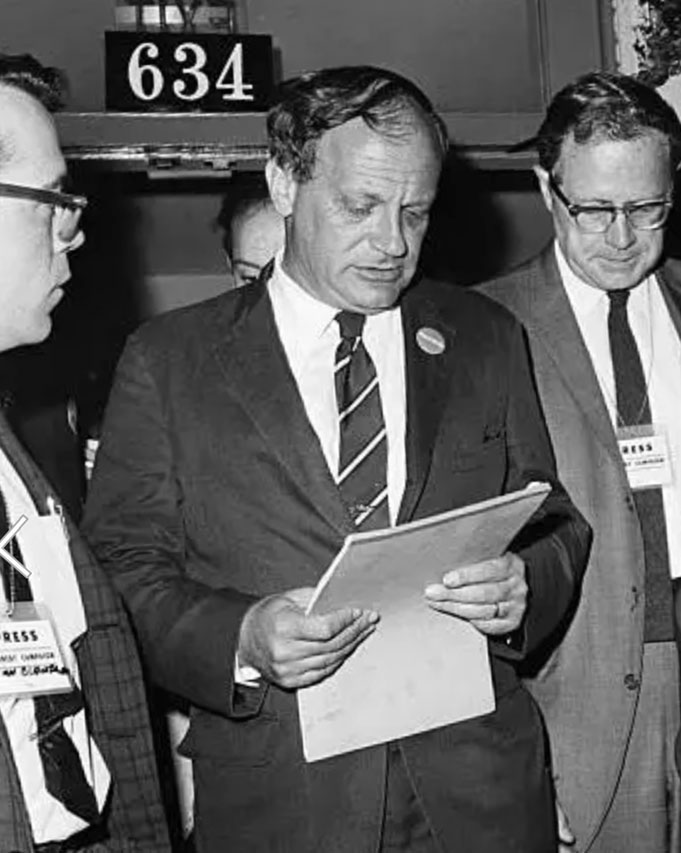
Later that day Kennedy's body was put on an Air Force jet for the flight to Washington. I pleaded with UPI to let me follow the story eastward, but they refused, which was probably just as well. I was a physical and mental wreck. When I returned home, it hit me. I wept.
On June 6, 2018, the 50th anniversary of Robert Kennedy’s death, I was at RFK’s gravesite at Arlington National Cemetery at the request of Kerry Kennedy to take pictures for the family. My portrait of Ethel Kennedy that day brought everything full circle. Her face reflected the sadness of her life but also her resilience. And my thoughts were of him also. The inspiration for an unimaginable career photographing in the fields of history. Thank you Robert F. Kennedy.
